How to Put Together Great Photo Sets

In an earlier article we took a look at how to quickly separate the best from the rest of your photos, in terms of technical quality. Today we’ll look at how to prepare a photo set for exhibitions or for contests where an expert jury will judge the photos’ quality. How can you create a great photo set? Read on to find out.
Producing one nice photo is nothing too difficult. Much more difficult is to photograph a story and deliver it on three to five photos. A photo set shouldn’t be one-dimensional and boring. It should have something that draws in the audience.
How? And Why?
Your best inspiration for telling stories in pictures can be found in film. But don’t be deceived by film genre stereotypes. Action films aren’t just about fighting, shooting, and murder, while romance films aren’t just about breaking up and joining up. These movies’ main themes are occasionally interrupted with natural and urban panoramas, or maybe a still-life. Doing this helps keep the movies lively and multi-dimensional. And it can bring life to your photo sets too.
Try to find a connection between the set’s environment and its photos. And combine multiple styles. Still-lifes and landscape shots are very popular supplements within photo sets. Find a context and a connection, and try to make your photos talk.
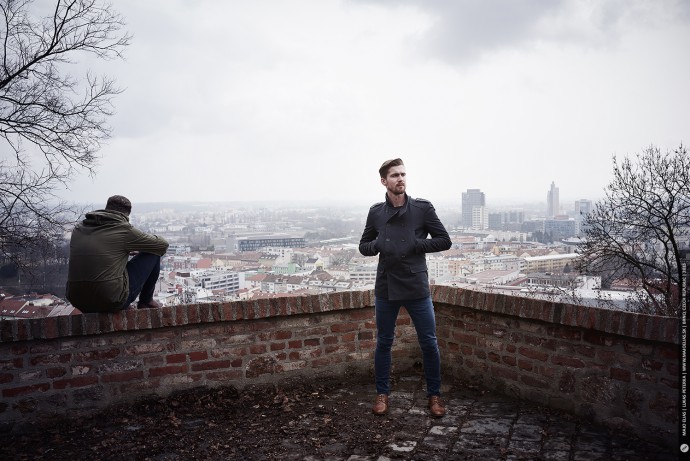
Break up the photo set with something related to its theme. That calms down its atmophere and gives the audience a chance to “breathe” before moving on to view more photos in the set.
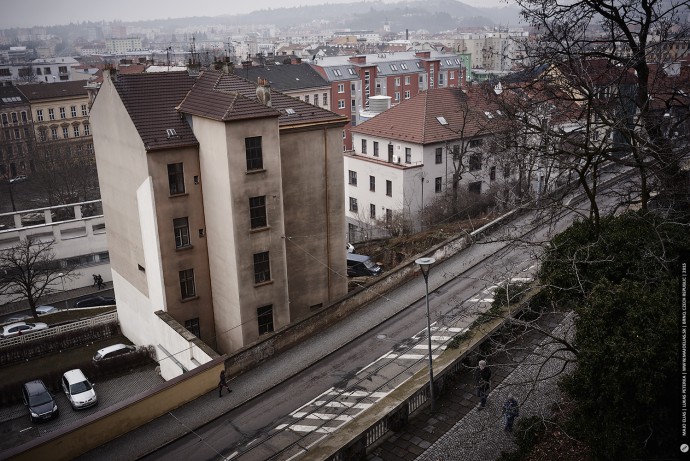

There’s No Replacing Paper
The best medium to use when choosing photos and shaping the set is paper prints. You don’t need large exhibition-size prints for this; 13×18 is enough.
Lay out the pictures on the floor and look at them. Keep looking at them until you’ve picked out the right ones. Generally you’ll want to use this method of picking out photos when you’re sending off a set for a contest, or organizing a photo exhibition.
The photos should have something to say as a set. In every set you’ll find some photos that are better or worse than others. But that’s not a problem as long as the set makes sense overall and has something to say to both the experts and the public.
In any photo intended for any eyes besides your own, make certain to avoid fundamental mistakes like bad composition. If you want to please a jury, make certain your photo set tells a story and that the links between the photos in it are clear. Make certain the photos are multi-dimensional. And make certain they’re interesting at first glance. Their quality, composition, ideas, and originality will also play a role. Keep all that in mind during the shot, and the photos in your set will stand out from the rest.
Choosing an Order
Just as every movie has its plot and its shot sequence, you should give your photos, too, a certain fixed sequence. For this reason, photographers index their photo sets with an order for the photos inside. One simple method for this is to just include sequence numbers in the file names.
Each of these photos was taken on a different day.
Try to make each photo add a little atmosphere to the set—to make it add to what was said in the photo before it. We’ll be glad if you share your photo sets with us. For example, send us a link to a set on your Zonerama web gallery in the comments below this article!
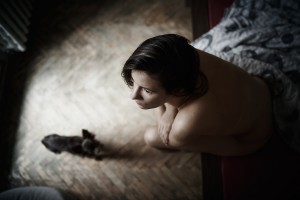
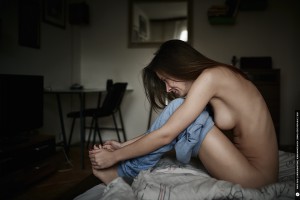
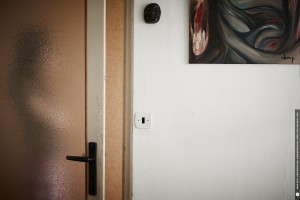
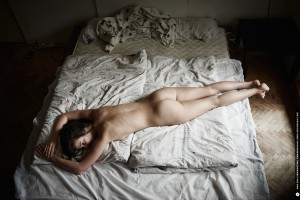
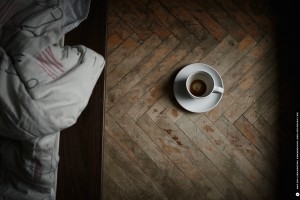

There are no comments yet.